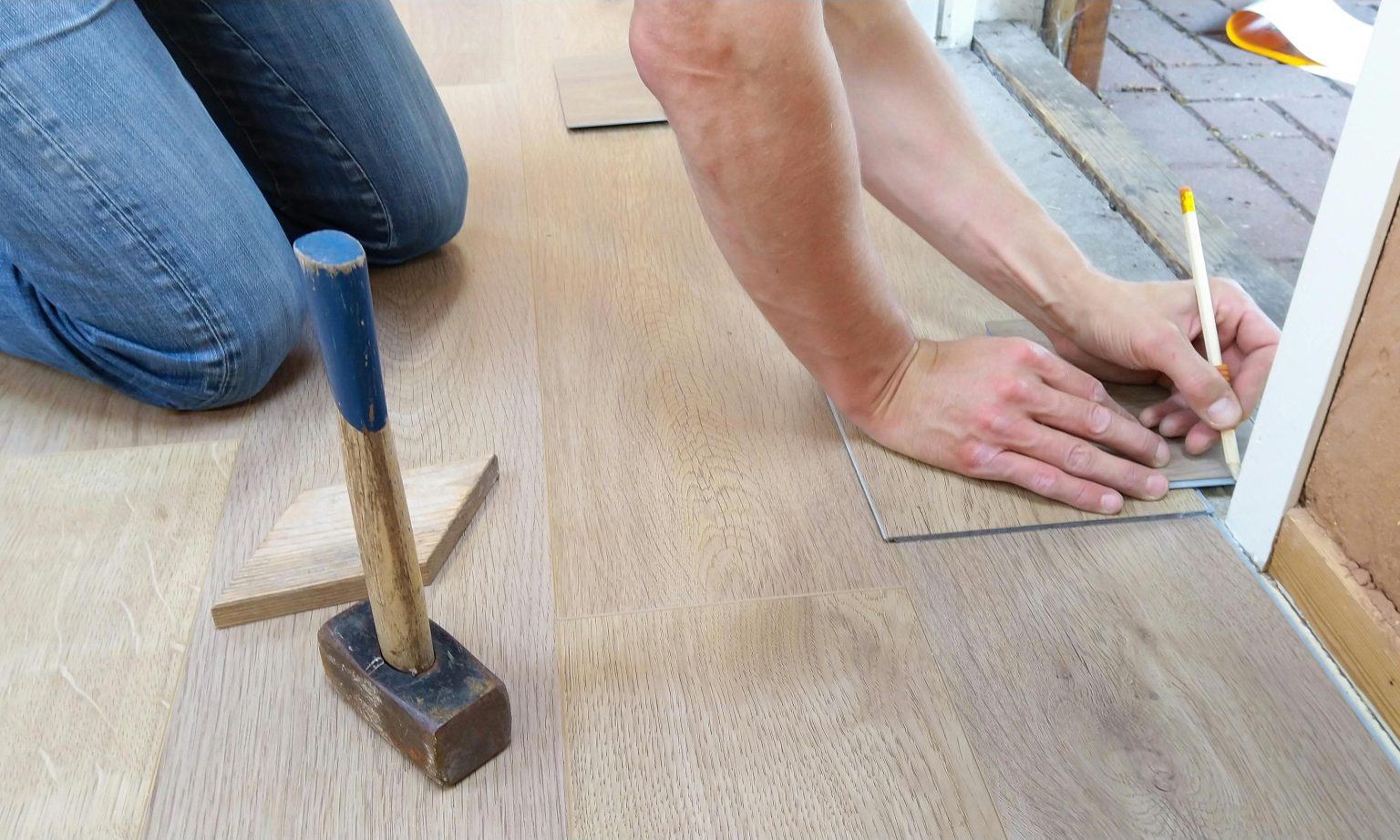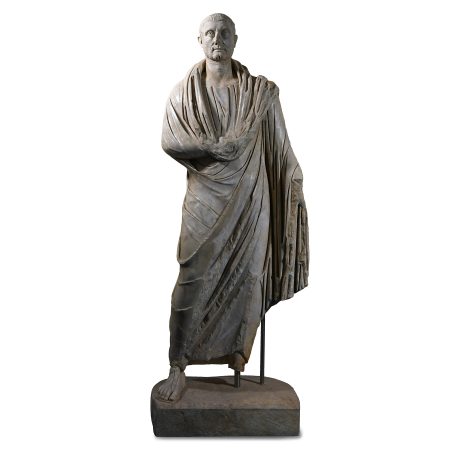Identify the kind of stains you are dealing with in your flooring
When it comes to wooden floors and the types of water-based stains that can occur, it’s important to remember they are typically separated into two groups – white stains and black stains. It’s important to identify which of the two you are dealing with before attempting to clean.
White stains will affect the surface of your floor, and can result in the discolouration of the wooden finish. The most effective methods of removing these kinds of stains is to use a mineral oil, mineral spirit or baking soda.
Black stains on the other will permeate into the deeper layers of the wooden floor, tend to be darker in colour and can require more effort to remove. Many homeowners dealing with black stains in their wooden flooring will find the best way to approach them is by sanding them down.
You may only need to sand down the surface layer, in which case you can simply re-finish it once the stain is gone. However, if the stain has penetrated too deep into the wood, the sanding method may not be suitable. Make sure you check with the manufacturer how much the floor can be sanded down to avoid having to replace it entirely.
Take action with stained floors quickly
Engineered hardwood flooring can be damaged by puddles of water or liquid, so it’s advisable to mop up any spills as soon as you notice them before they have a chance to soak in and cause deeper stains.
To clear a puddle or spill, use a dry mop rather than a wet or steam mop, as these can damage a finish over time.
Red wine, coffee and pet urine are among the worst types of stains and can permanently stain wooden flooring within the first few hours.
Oil based stains and carpet stains can become permanent between 24 and 48 hours, so should be addressed as soon as a spillage occurs. Hardwood can absorb stains deeply after several hours, potentially requiring sanding. Vinyl is more forgiving, but natural stone can absorb stains within minutes.
Invest in a quality product designed for cleaning floors
We recommend Styccoclean C140 Floor Cleaner, for wooden flooring. It is an alkaline detergent, which is great for removing grease, oil and adhesives. It can also be used for stripping emulsion-based polish from floor coverings.
Understand which cupboard staples can be used for removing stains from floors
White vinegar, baking soda, soda water, and WD-40 are among some of the best home-stocked stain removing agents.
A 50/50 mix of white vinegar and water can work well on removing organic stains, but should be used sparingly to avoid damaging the finish of your flooring. A paste made of baking powder and water works particularly well for lighter stains, and removing any foul odours such as animal urine.
Toothpaste can also prove very effective at removing scuffs from vinyl flooring and small stains from grout. Some people even swear that mayonnaise is great at removing water stains from wood, by sitting on the stain overnight.
Prime and prepare your hardwood flooring to minimise the risk of stains
With engineered hardwood floors, dirt, scratches and other forms of minor wear and tear are unavoidable, however there are some methods you can put in place to help you avoid potential damage:
- Keep gravel/sand/stones outside: Keeping your flooring in good condition starts with keeping potential harmful and abrasive materials as far away from the inside of your house as possible. Invest in good quality doormats for both inside and outside your front and back doors, and make sure your shoes are clean and dry before stepping into the home.
- Be mindful of the shoes worn inside: High heeled shoes, or sports shoes with spikes, could harm the top layer of engineered hardwood, so it’s best to avoid wearing these inside the home.
- Invest in protection pads for furniture: Soft padding attached to the bottom of sofa legs, dining tables and chairs and other heavy items in your home will help to minimise any pressure to your floors. Avoid using metal protectors as these can create patches or scrape the floors.
- Consider the temperature and humidity of your home: Many people are unaware of just how much humidity and heat can impact wooden flooring. Engineered wood is a natural product, and therefore it should be adjusted and installed in a stable setting, with a recommended humidity level of between 40-65% relative humidity, and a room temperature of between 16-28 degrees celsius.









